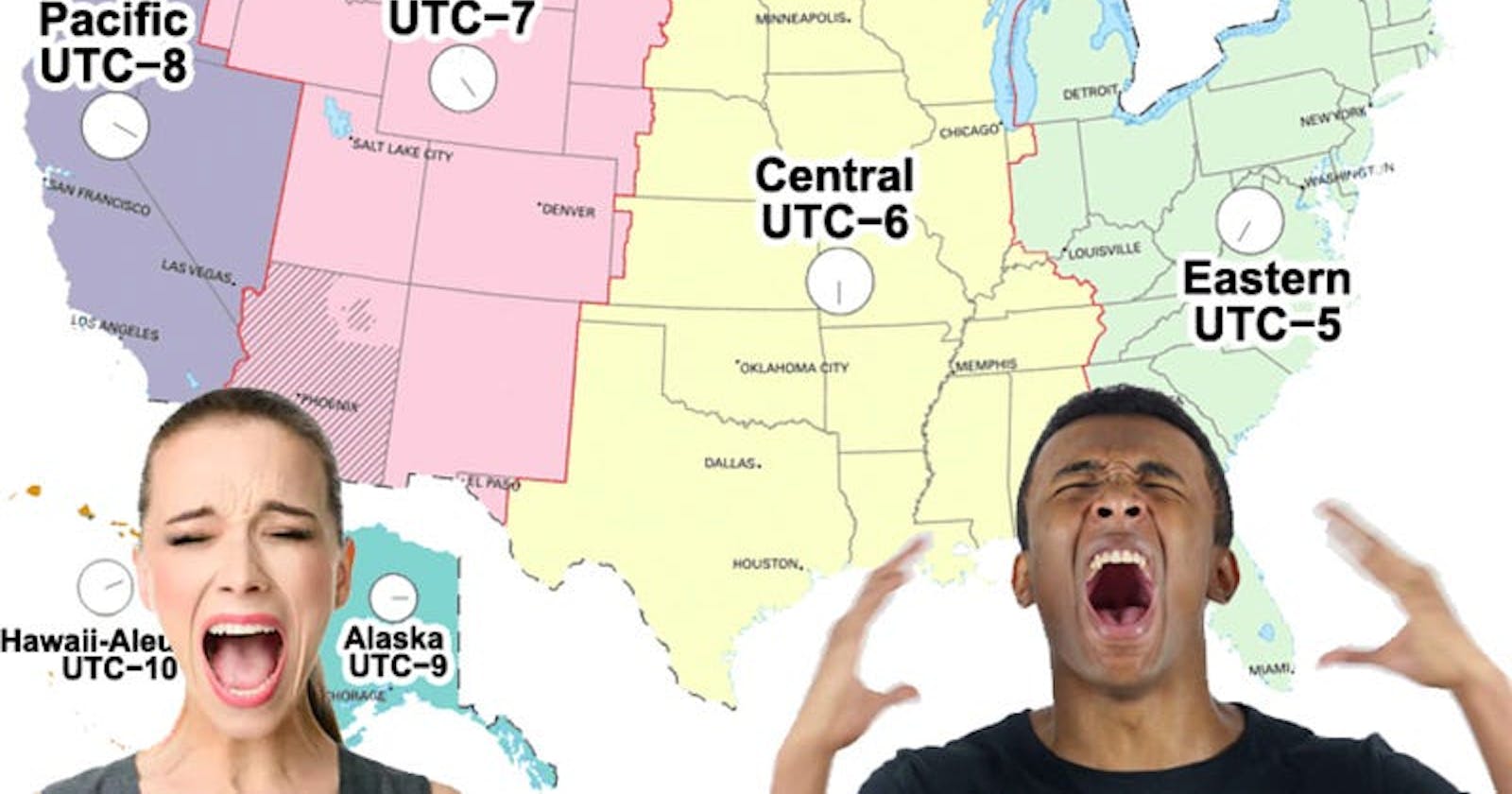How to save datetime data that is relevant to multiple countries or time zones?
Solution
When you need to save datetime data that is relevant to multiple countries or time zones, it’s important to follow best practices for handling time zones and storing datetime information. Here are the steps you can take to achieve this:
1. Use a Consistent Time Zone
Choose a reference time zone for your application. It’s common to use Coordinated Universal Time (UTC) as the reference time for storing datetime data because it’s a standard time zone and doesn’t have daylight saving time changes.
When storing datetime values, always store them in UTC
// The example below just assumes local time
// In reality, we get local time from end users
// Convert a Datetime to UTC
DateTime localTime = DateTime.Now; // change for other DateTime value
DateTime utcTime = localTime.ToUniversalTime();
// Convert a DatetimeOffset to UTC
DateTimeOffset localTime2 = DateTimeOffset.Now; // change for other DateTimeOffset value
DateTimeOffset utcTime2 = localTime2.ToUniversalTime();
2. Convert to Local Time when displaying
When you need to display datetime data to users, convert the stored UTC datetime to the local time zone of the user or the relevant country before rendering it. This ensures the users see times and their local time.
// 👇️ Example date and time in UTC
const utcDate = '2022-11-16T11:02:17Z';
const date = new Date(utcDate);
// 👇️ Wed Nov 16 2022 18:02:17 GMT+0700 (Indochina Time)
console.log(date);
// ✅ Convert to Local time
console.log(date.toLocaleString()); // 👉️ 11/16/2022, 6:02:17 PM
3. Identify User Time Zones
If your application has user accounts or settings, allow users to specify their preferred time zone. Store this preference in their user profile or as a session variable. When display datetime data to the user, use their selected time zone for conversion.
// Assuming you have an event object with a dateTime and timeZoneId property
const event = { dateTime: "2023-11-11T15:00:00Z", timeZoneId: "America/New_York" };
// Parse the dateTime string and apply the user's preferred time zone
const eventTime = new Date(event.dateTime);
const timeZone = event.timeZoneId;
const eventTimeInUserTimeZone = eventTime.toLocaleString("en-US", { timeZone });
// Display the eventTimeInUserTimeZone to the user
console.log("Event time in user's local time: " + eventTimeInUserTimeZone);
Conclusion
When working with datetime data, I hope my post todays helps you find a solution to the relevant problem. To learn more about some real-case examples, I also recommend you read the topic I’ve provided below with references.
When you find this post informative, don’t forget to share it with your team and colleagues, thanks.
You can reach me on Twitter @linhvuquach
to get my new blog every week with a bunch of categories like software engineer, problem-solving, and how to make your product …
Cheers! 🍺🍺

